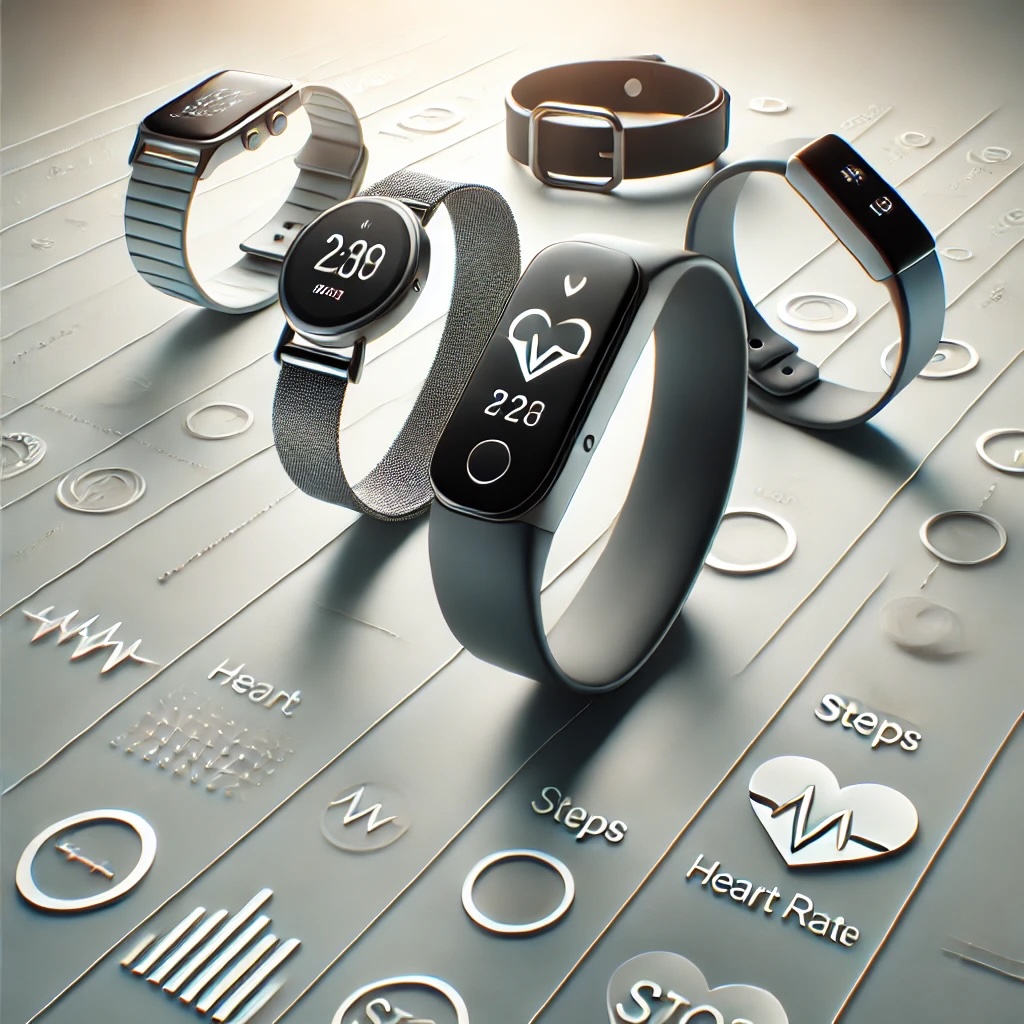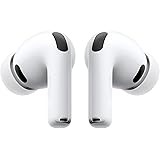With growing awareness of health and fitness, health monitoring wearables have become an essential part of modern life. These devices provide a wealth of data, from step counts to heart rate tracking and sleep analysis, helping us manage our health scientifically. However, with so many brands and models available, how do you choose the one that best suits your needs? This article will provide a detailed buying guide and recommend some top Amazon products to help you find the perfect device.
1. Key Features of Health Monitoring Wearables
Before choosing a device, it’s essential to identify the features you need. Below are some common features found in health monitoring wearables:
(1) Activity Tracking
• Step Counting: Tracks your daily steps, ideal for those looking to increase daily movement.
• Calorie Burn Estimation: Calculates calories burned based on activity intensity and weight.
• Sports Modes: Records various activities like running, cycling, or swimming.
(2) Heart Rate Monitoring
• 24/7 Heart Rate Tracking: Keeps tabs on your heart rate fluctuations throughout the day.
• Exercise Heart Rate: Ensures your heart rate stays within a safe range during workouts.
(3) Sleep Tracking
• Sleep Stages: Monitors deep sleep, light sleep, and REM sleep cycles.
• Sleep Score: Provides a quality score based on your sleep patterns, along with improvement suggestions.
(4) Blood Oxygen Monitoring (SpO2)
This is ideal for those concerned about respiratory health, such as people with chronic conditions or high-altitude travelers.
(5) Additional Health Metrics
• Stress Monitoring: Evaluates stress levels through heart rate variability (HRV).
• ECG Functionality: Advanced devices offer electrocardiogram features for detecting irregular heart rhythms.
(6) Smart Notifications
• Alerts for calls, messages, app notifications, and even sedentary reminders.
• Women’s health tracking, such as menstrual cycle management.
2. How to Choose Based on Your Needs
(1) Define Your Use Case and Needs
• Fitness Enthusiasts: Look for accurate activity tracking and heart rate monitoring.
• Office Workers: Opt for devices with stress management and sedentary reminders.
• Health Management: Devices with sleep, heart rate, and SpO2 monitoring are ideal for overall health tracking.
(2) Check Device Compatibility
Ensure the device is compatible with your smartphone’s operating system (iOS or Android) for seamless app integration.
(3) Battery Life
• Light daily users: Devices with a 5-7 day battery life are sufficient.
• Heavy users or outdoor enthusiasts: Consider wearables with over 10 days of battery life.
(4) Budget
Health monitoring wearables range from $50 to $500 or more. Your budget determines the complexity of features and brand positioning.
3. Recommended Amazon Products
Here are some top-rated Amazon health monitoring wearables for different needs and budgets:
(1) Fitbit Charge 6
• Key Features: 24/7 heart rate monitoring, sleep score, built-in GPS, stress management.
• Ideal For: Users looking for comprehensive health insights.
• Product Link: Fitbit Charge 6 Fitness Tracker with Google apps
(2) Apple Watch Series 10
• Key Features: ECG functionality, blood oxygen monitoring, fall detection.
• Ideal For: Apple users seeking a premium smartwatch experience.
• Product Link: Apple Watch Series 10 [GPS 46mm case]
(3) Garmin Forerunner 255
• Key Features: Multiple sports modes, built-in GPS, VO2 Max analysis.
• Ideal For: Serious runners and outdoor enthusiasts.
• Product Link: Garmin Forerunner 255 on Amazon
(4) Amazfit Band 7
• Key Features: Affordable with heart rate, SpO2, and sleep tracking.
• Ideal For: Budget-conscious users looking for comprehensive data.
• Product Link: Amazfit Band 7 on Amazon
(5) Samsung Galaxy Watch 7
• Key Features: Monitors SpO2, heart rate, body fat percentage, and supports various sports modes.
• Ideal For: Samsung users who prioritize fitness and health management.
• Product Link: Samsung Galaxy Watch 7 on Amazon
4. Tips for Using Health Monitoring Devices
(1) Understand Your Data
The data provided by these devices should be used as reference values and not as a substitute for professional medical advice.
(2) Sync Your Data Regularly
Keep your device synced with its app for long-term tracking and analysis.
(3) Wear It Correctly
Ensure the device is snug on your wrist for accurate heart rate and SpO2 readings.
(4) Protect Your Privacy
Since health data is sensitive, choose brands with strong encryption and privacy policies.
5. The Future of Health Monitoring Wearables
As technology advances, wearables are expected to offer:
• Non-Invasive Blood Glucose Monitoring: A game-changer for diabetic patients.
• Real-Time Health Advice: AI-driven personalized recommendations based on your data.
• Sustainable Materials: Improved comfort and eco-friendliness.
Health monitoring wearables are powerful tools for managing modern life’s health challenges. Choosing the right device depends on your needs, budget, and brand preferences. From tracking activity and sleep to monitoring blood oxygen and stress, there’s a wearable for everyone.
The Amazon-recommended products above are among the best in the market, offering excellent features and user reviews. If you’ve decided on a device, click on the links to learn more and make a confident purchase!




















